Part 1 in our Plan Your Garden Series
- Part 1 - Plan Your Tea Garden (this article)
- Part 2 - Plan Your Curry Garden
- Part 3 - Plan Your Spice Garden
- Part 4 - Plan Your Herbal Body Care Garden
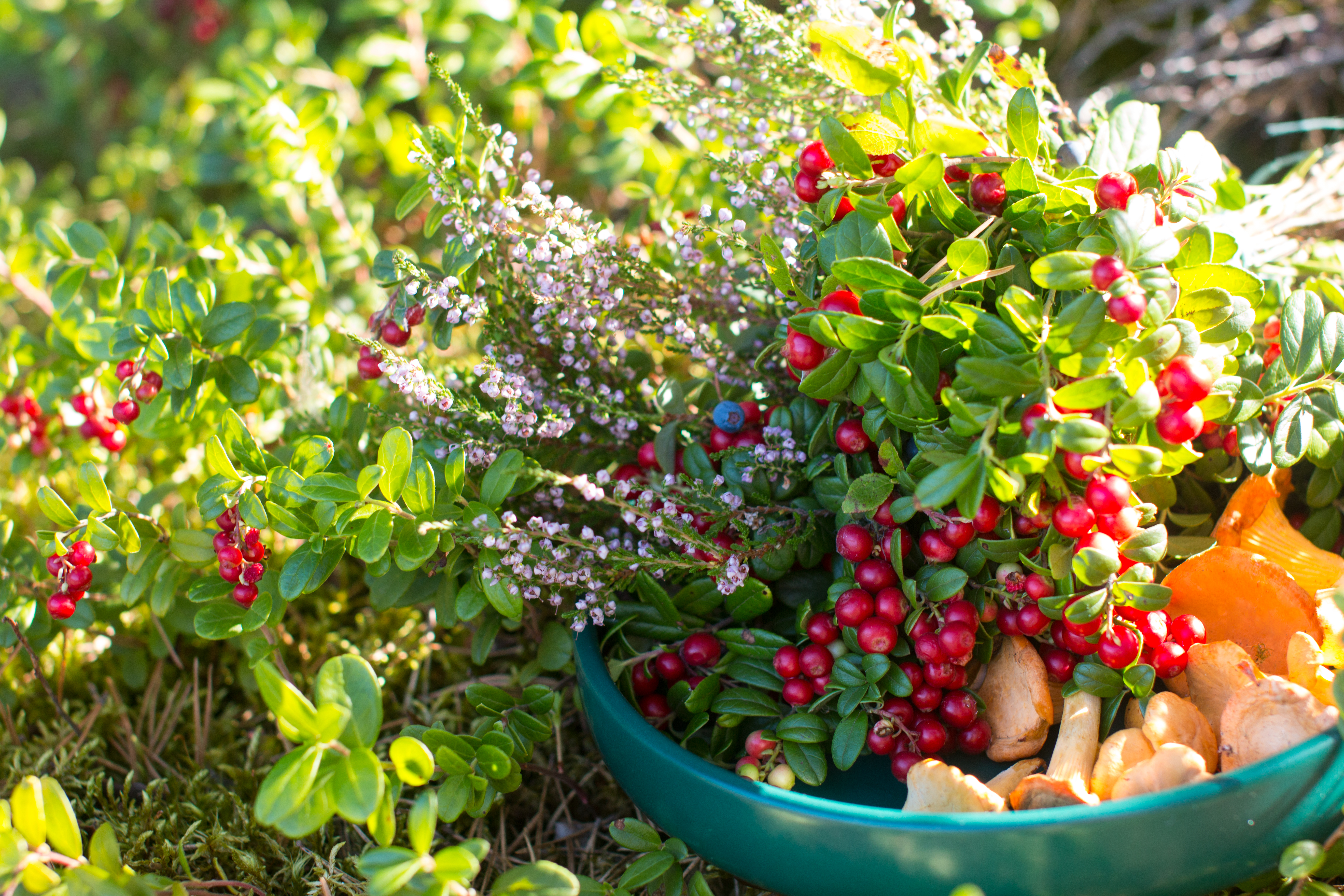
Part 1 in our Plan Your Garden Series
So begins our series of various garden plans to inspire you!
Today, we’re focusing on an assortment plants that we can use for tea. Whether it’s the fruit, leaves, root, flower, or even the seeds themselves, there’s incredible range in the kind of plants that can be used for a wonderful cup of tea! We’ll be focusing on some of the more common plants in this Growing Guide.

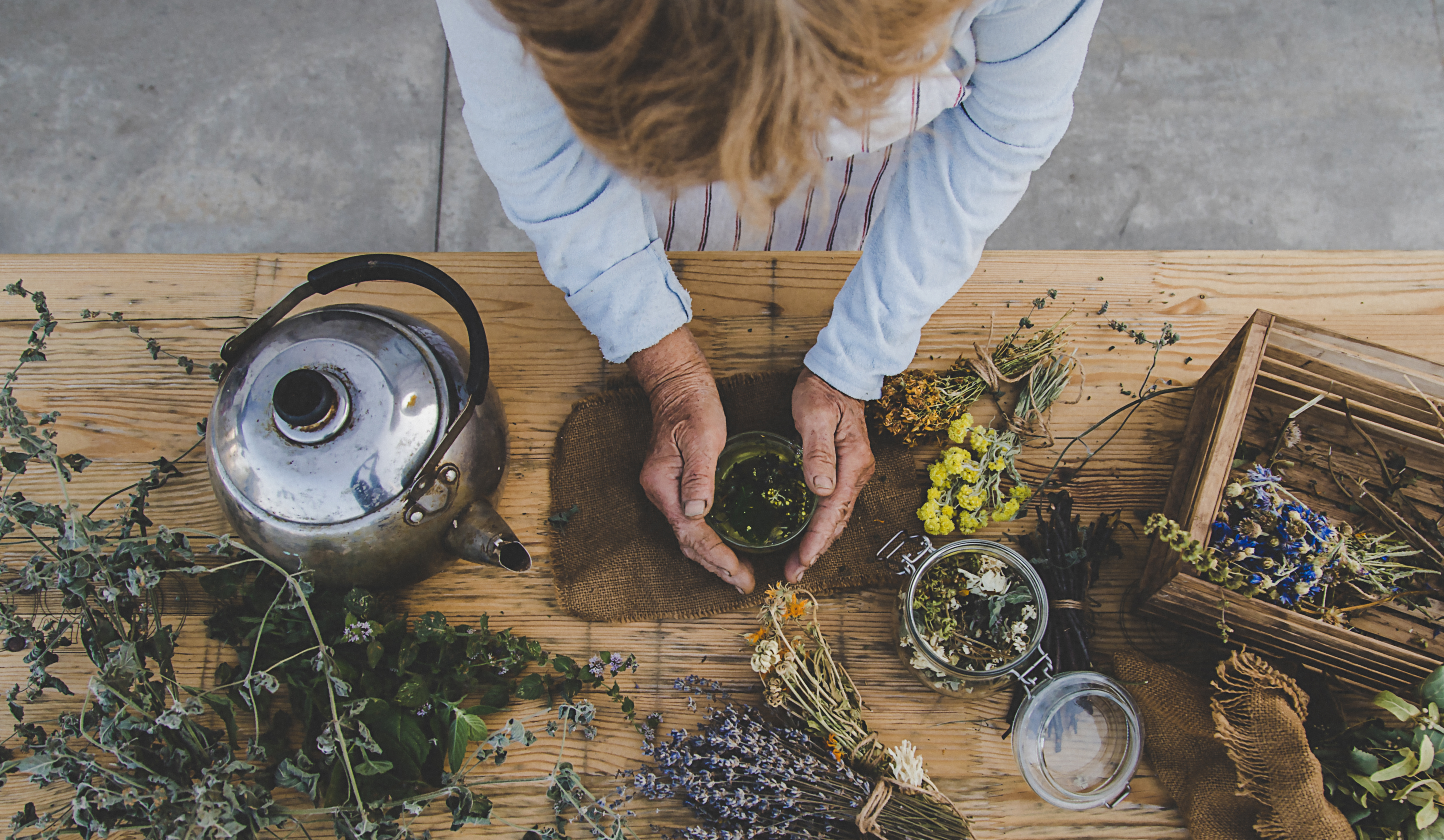
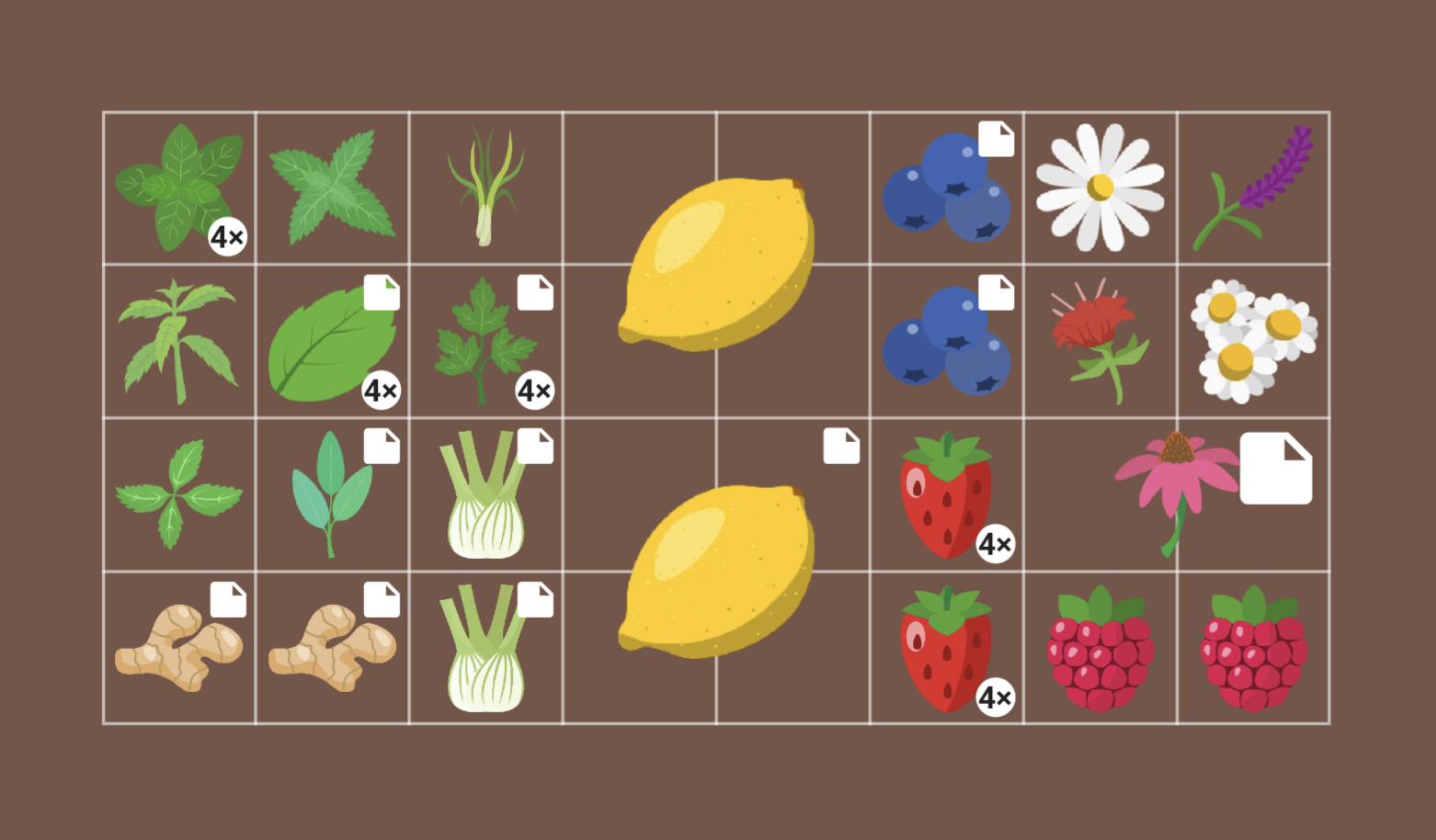
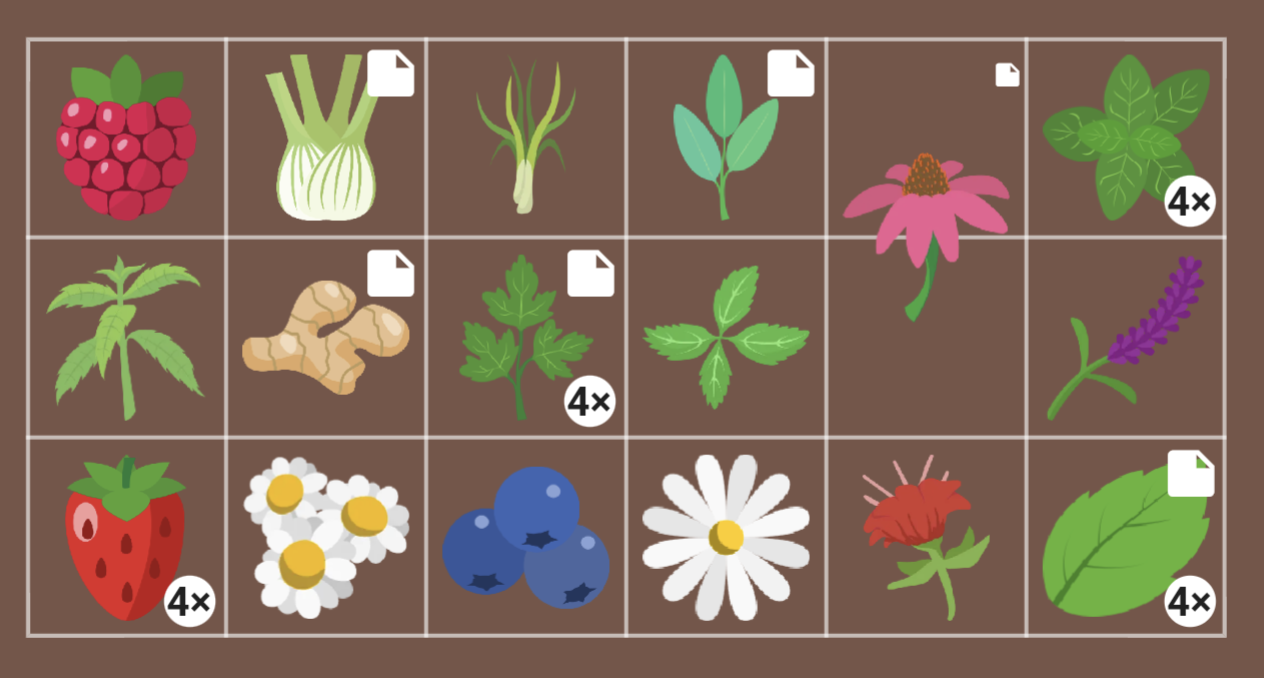
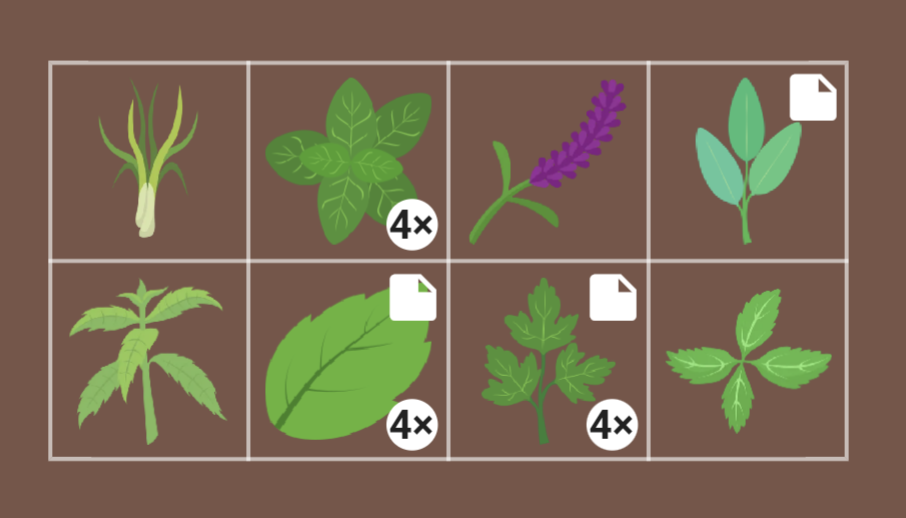
This garden’s plants had no combative or companion relationships in our database; however, future Plan Your Garden guides may feature plants that do interact! We’ll be sure to let you know of any possible interactions, if that happens.

Whether you opt for fresh or frozen blueberries, both bring a burst of flavor to your cup. Consider experimenting with complementary notes by pairing blueberries with basil, hibiscus, or green tea for a unique twist. If you want to extract the full berry goodness, try mashing the blueberries directly into the water and then straining the mixture!
Get ready to dive into a world of raspberry goodness – and it’s not just about the berries! Whether you opt for the juicy fruits or the leaves, raspberries bring a unique twist to your tea experience. If you like green tea, you’ll love the raspberry leaf brew. On the other hand, the fruit themselves offer tartness, and pair exceptionally well with a squeeze of lemon or some black tea.
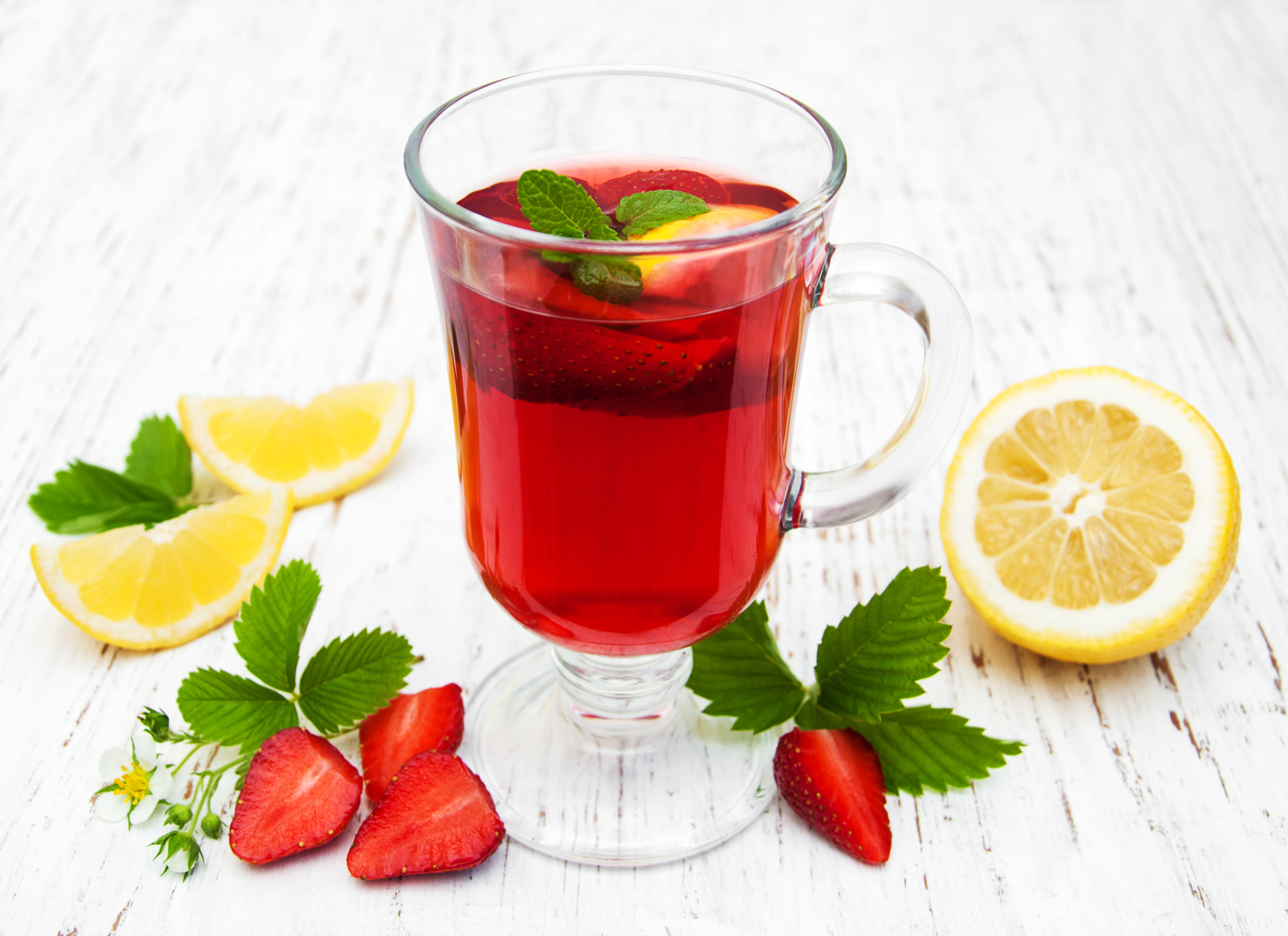
Lemon is something that may be tough to grow in a small garden, but its versatility is unmatched; it earns its place in this list. Whether you prefer squeezing in some fresh juice or tossing in slices of the fruit, lemons add a burst of brightness that complements not just herbal teas but even black tea. If you want lemon to be the star of the show, try it with honey- and if you want a drink to really rock your taste buds, pair it with ginger as well.
Get ready to sweeten up your tea game with fresh strawberries! For a classic touch, pair strawberries with black tea, and if you’re feeling something a bit smoother, you can add milk for some strawberry milk tea! If you want something more herbal, experiment with pairings like mint, basil, ginger, or anything citrusy.
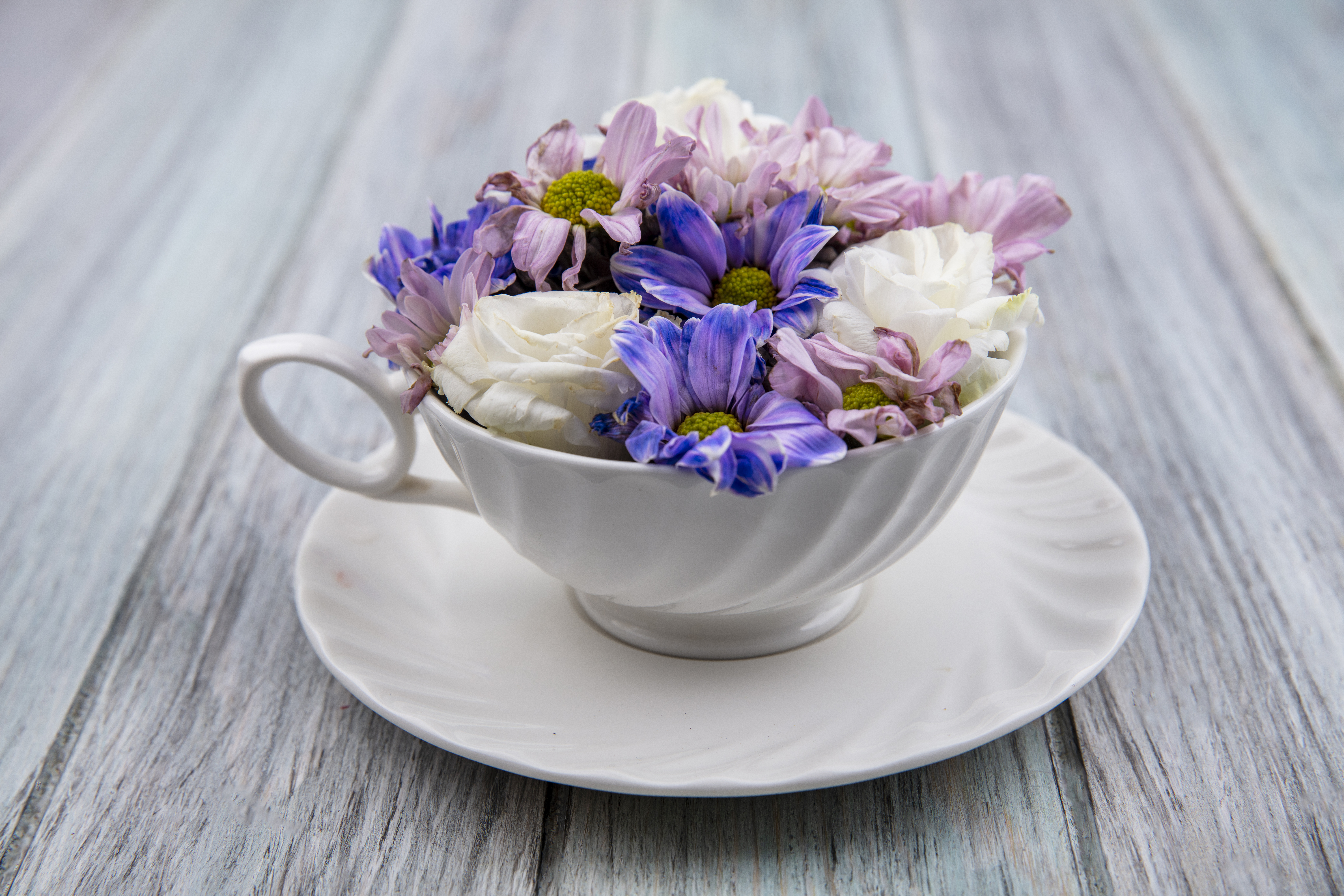
Known for its long history of medicinal use, the coneflower brings a unique pine flavor to your tea, creating a distinctive and invigorating brew. It’s incredibly versatile, too; you can use the leaves, the flower, or even the roots. It’s a strong flavor already, so it doesn’t need much to support it- maybe honey and lemon, if it suits you!
Whether you use the flowers or even the leaves, lavender brings a calm and sweet flavor to your cup that’s not overwhelmingly floral. This versatile herb plays well with others, making it a fantastic companion to herbs, a drizzle of honey, or even in black tea. The variety English Lavender is particularly excellent for tea, with its compact flower heads.

Whether from dried buds for a relaxing experience or fresh ones for a fruitier note, chamomile is your go-to for a soothing cup. This versatile herb can stand alone, offering a gentle floral flavor, or blend seamlessly with other herbs for a delightful herbal harmony. So, whether you’re unwinding or experimenting with blends, chamomile brings a touch of tranquility to every sip.
Bee balm, a tea sensation in a small package! Whether dried or fresh, petals or leaves, this herb packs a punch with a robust mint flavor and subtle citrus notes. A little goes a long way, so use it sparingly for a refreshing twist in your tea. Whether solo or in a blend, bee balm is your shortcut to a bold, minty, and citrusy tea experience.
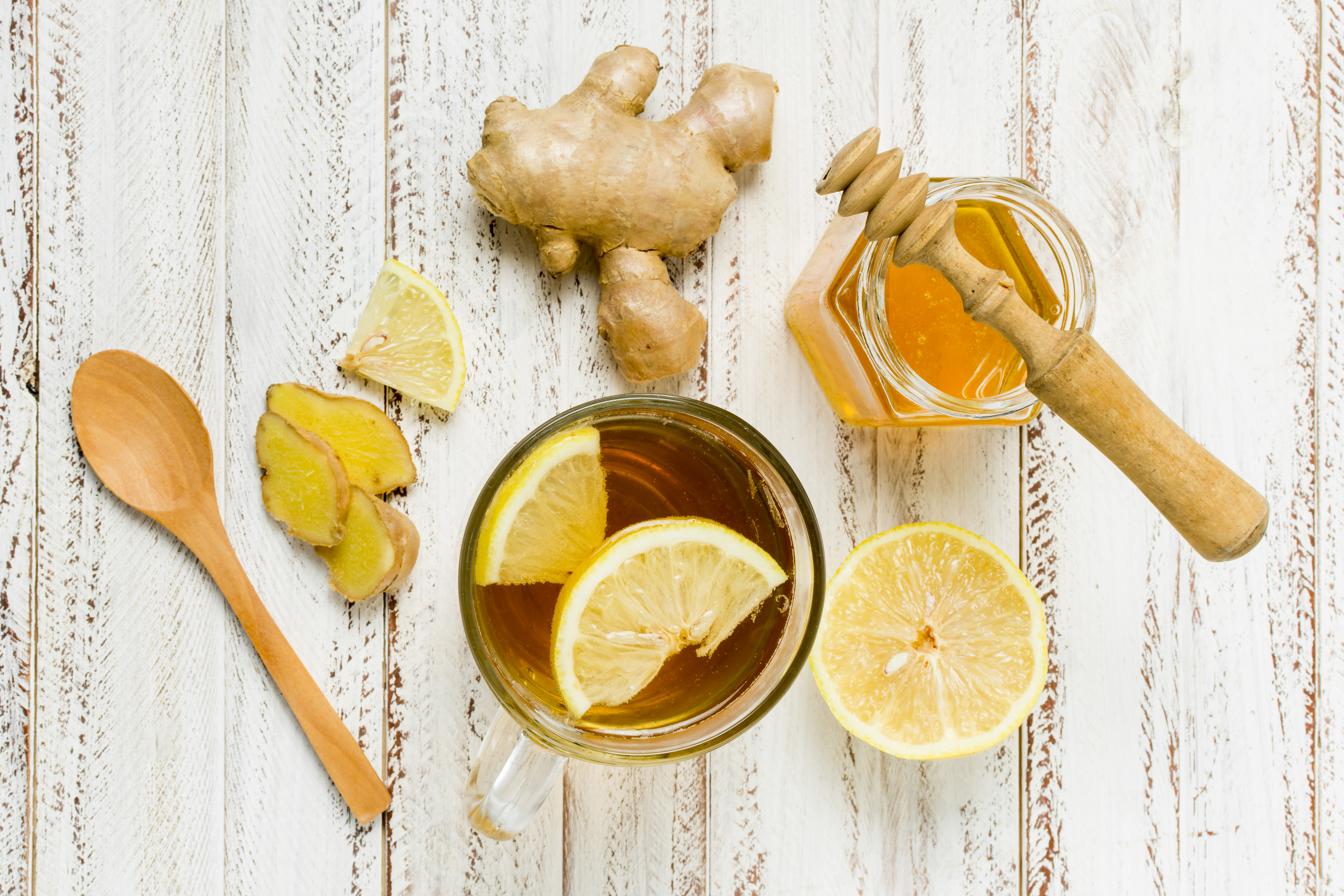
Meet ginger, the flavor powerhouse for your tea adventures! The root, when peeled and grated, has a robust flavor that easily takes the spotlight. This makes it an easy solo act in your tea cup – a perfect alternative to coffee for an invigorating kick. Known for its digestive benefits, ginger pairs seamlessly with the sweet touch of honey and the zesty freshness of lemon. Spice up your tea routine with the bold and energizing essence of ginger.
Introducing nasturtium, a floral delight for your tea cup! These orange blooms, bursting with personality, offer a distinctive note that can stand out on its own or complement other herbal blends. They make a peppery brew to wake your senses! Spice up your tea ritual with the subtle warmth of nasturtium, making each sip a flavorful journey.
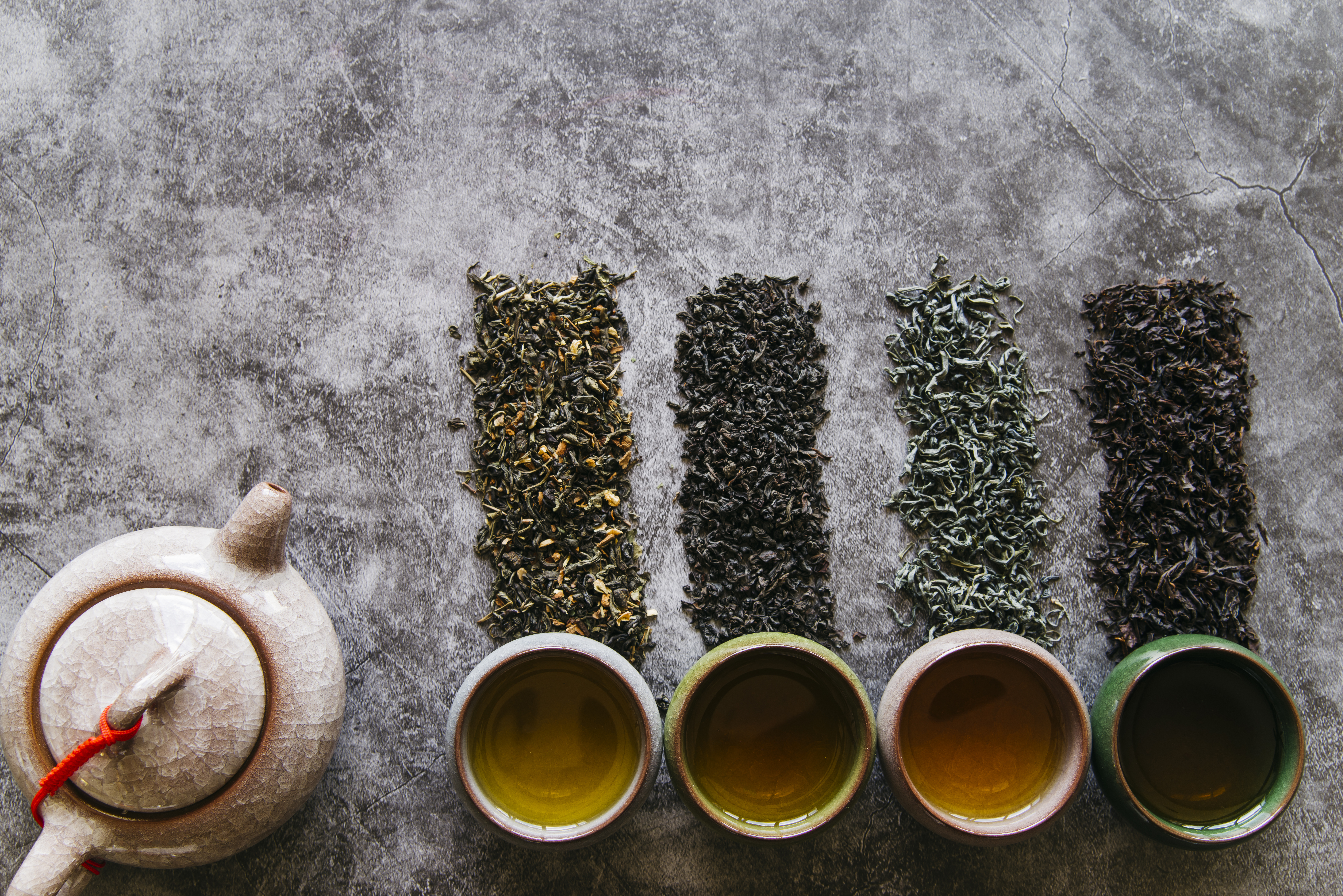
Whether you’re working with dried seeds or fresh leaves, cilantro adds a unique twist to your brew. While the dried leaves may not retain much flavor, fresh ones bring a subtle citrus and peppery note, while the seeds boast a tangy and floral taste, even making appearances in the world of beer flavoring. This herb loves to mingle with lemony companions and a hint of honey, creating a fragrant tea rich in antioxidants and vitamin K.
Fennel’s tea potential lies not in its leaves, but it’s seeds. Steep them like any other tea for a licorice-anise symphony. For a fresher note, opt for some mint to assist- for a sweeter kick, introduce stevia or honey to build on that licorice goodness. But if you’re feeling bold, toss in some ginger and lemon for a strong and well-rounded flavor explosion.
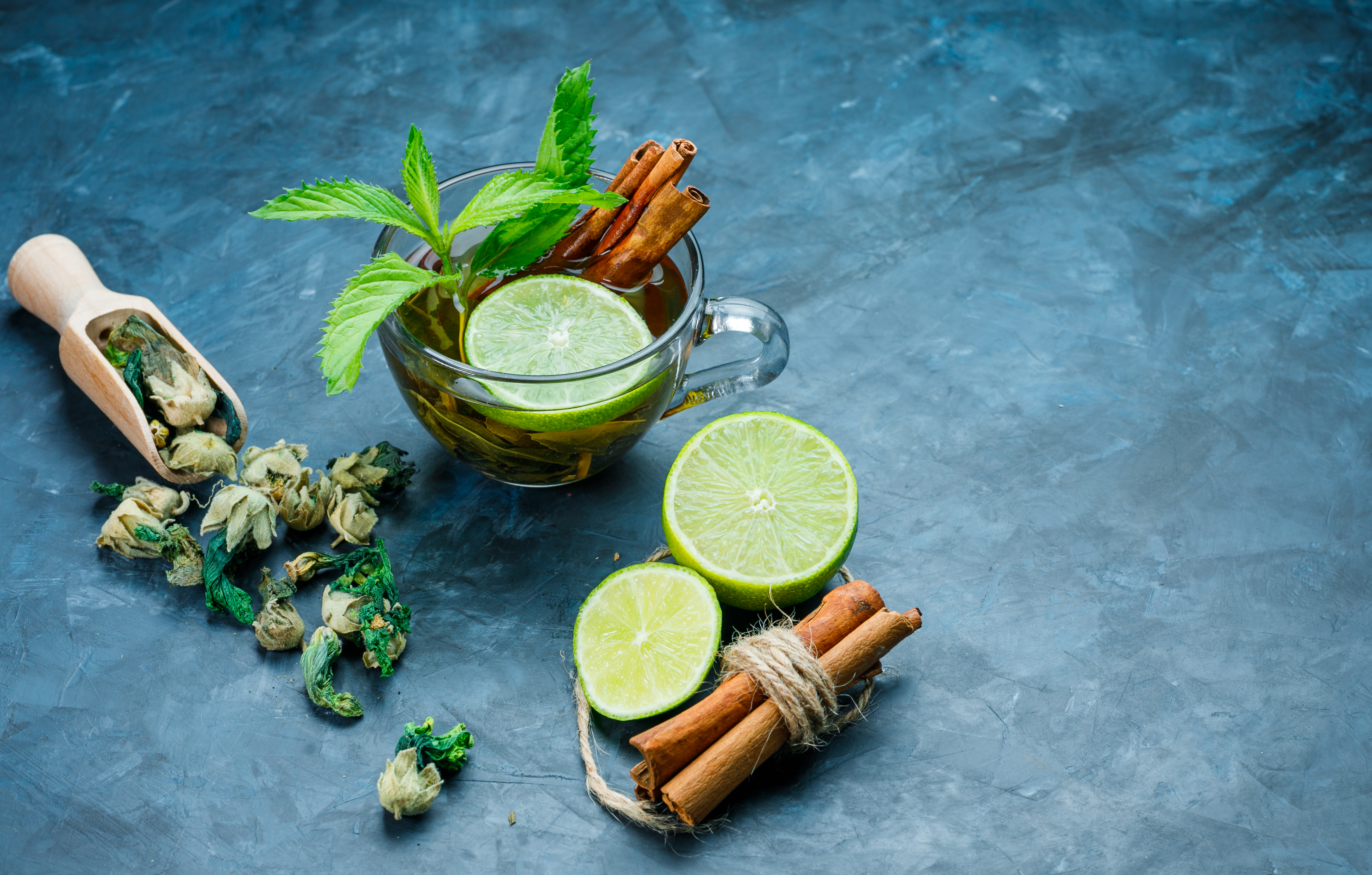
Whether you fancy the flowers or the leaves, basil brings a subtle peppery note to your cup. Dive into herbal harmony by pairing it with mint for a refreshing twist, or let it dance with the bright zest of lemon or citrusy herbs. This herb also plays well with black tea, creating a blend that’s both familiar and comforting.
Catnip isn’t just a feline favorite but a soothing herb for your tea as well! Whether it’s the dried leaves or flowers, catnip can brew into a calming and mild mint tea. While your cats might go wild over this plant, for humans, it’s a gentle remedy that can aid with headaches and provide a moment of tranquility.
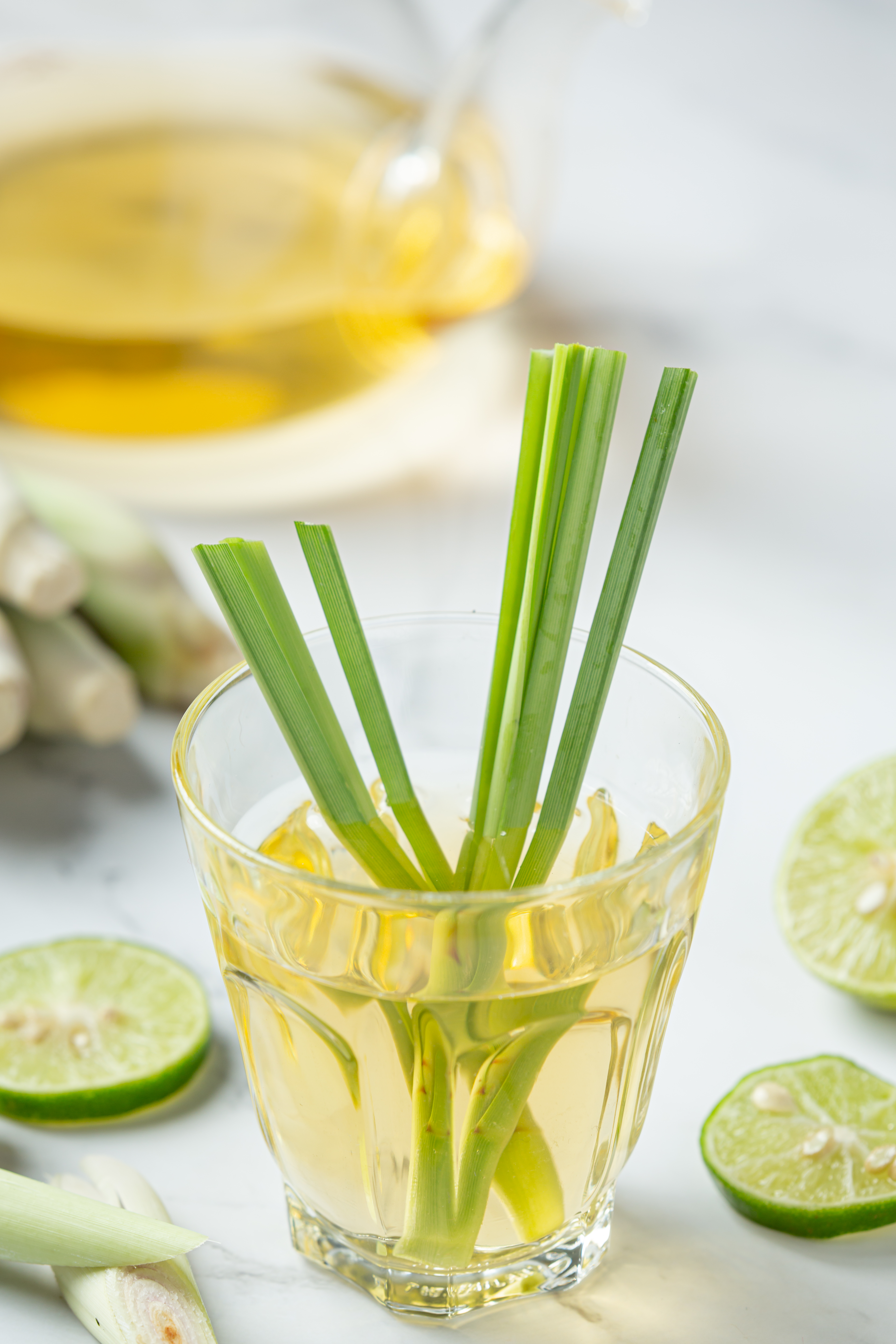
Discover the soothing embrace of lemon balm tea, crafted from its dried leaves that release a bright citrus flavor with every steep. This herbal infusion not only tantalizes your taste buds but also offers a refreshing remedy for insomnia and anxiety. Allow the calming essence of lemon balm to guide you into a tranquil state, sip by sip.
Embark on a journey of relaxation with lemongrass tea, carefully crafted from its vibrant stalks known for their digestive and calming properties. Whether dried for a concentrated experience or used fresh for a burst of vitality, lemongrass adds a unique twist to your tea repertoire. Exercise caution when harvesting this herb, as the stalks can be sharp! Remember – a little goes a long way with this intense herb. Use sparingly to avoid overwhelming your palate, and consider pairing it with black tea over ice.
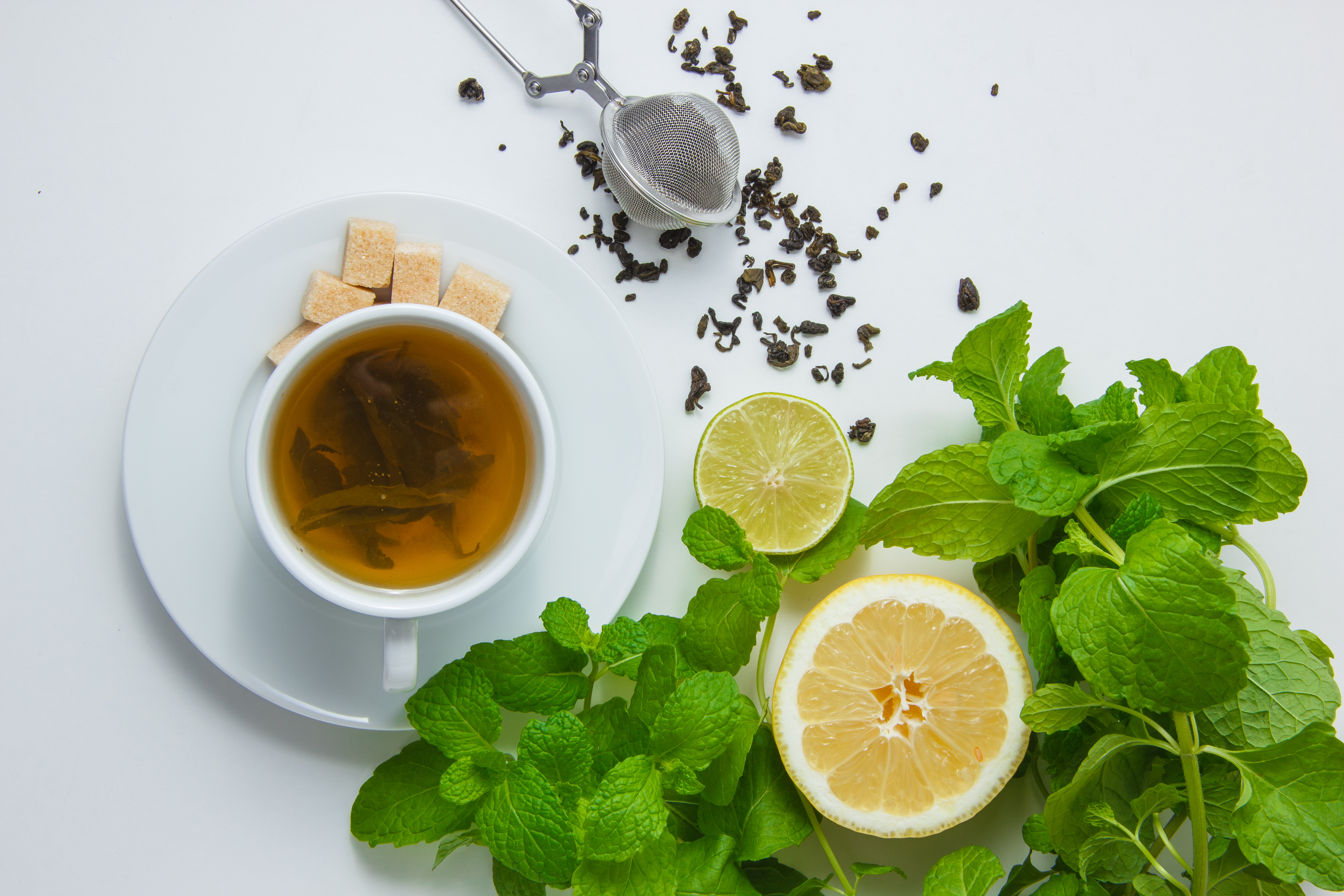
This versatile herb harmonizes effortlessly with other companions like lavender, thyme, and rosemary, creating a symphony of flavors in your teacup. Opt for fresh mint leaves for a milder tea experience that gently soothes your senses. Explore the vast array of mint varieties, each offering slightly different flavors. Whether it’s the sweet allure of Chocolate Mint, the fruity notes of Apple Mint, or the classic appeal of Peppermint, let the diverse mint family elevate your tea ritual to new heights.
Indulge in the refreshing essence of lemon verbena tea, skillfully crafted from its dried leaves that impart a zesty, lemony flavor. Beyond its delightful taste, this herbal infusion is renowned for its digestive benefits, making it a good choice for after a meal. Savor the bright and citrusy notes as you sip on lemon verbena tea, letting its soothing properties contribute to a blissful moment of relaxation while aiding digestion.
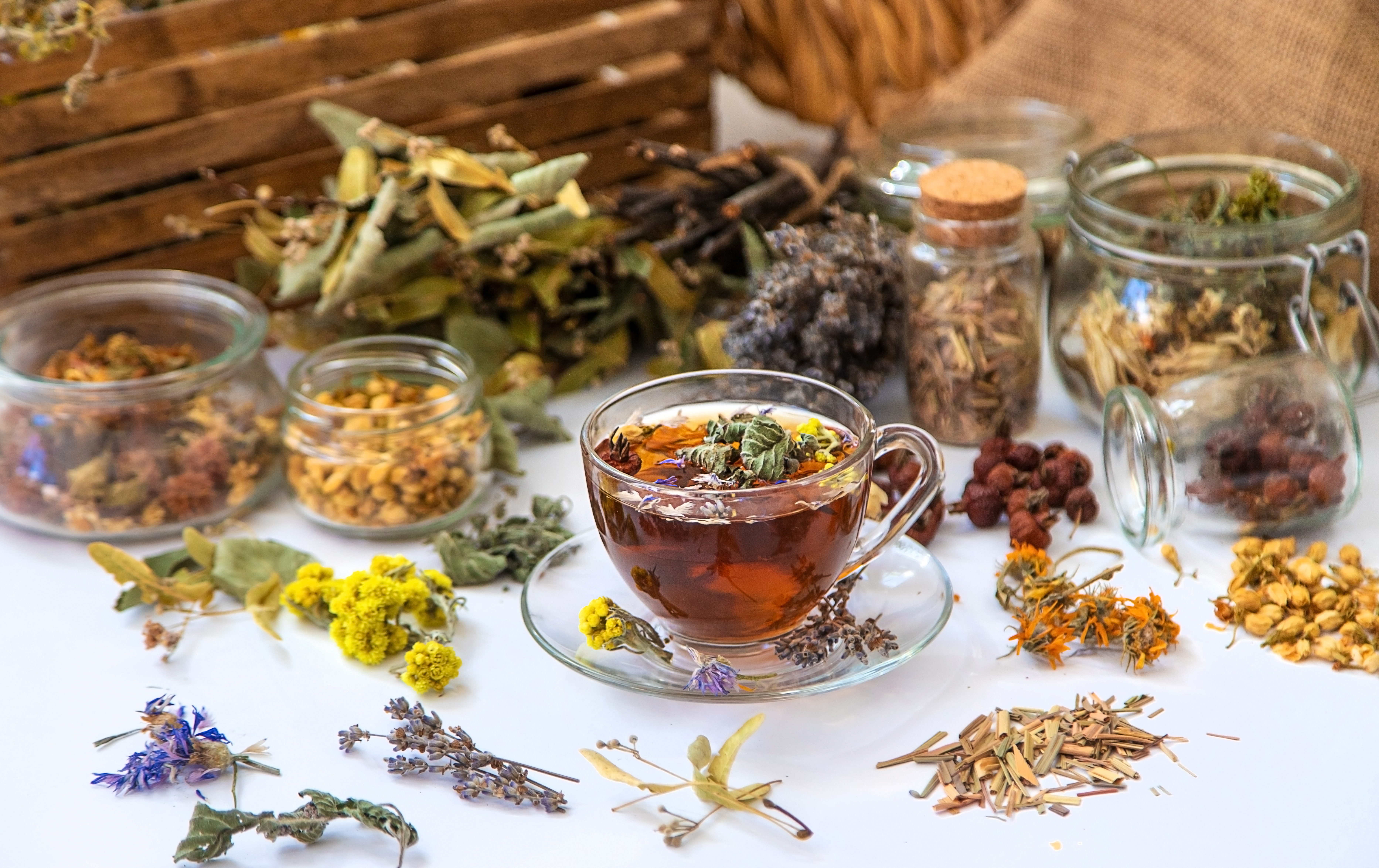
Elevate your tea experience with sage, a herb that brings a bold and distinctive pine flavor to your cup. When using sage leaves, be mindful of their potent taste, which can be overwhelming. To create a harmonious blend, consider pairing sage with the sweet touch of stevia or honey, or a splash of lemon Explore the unique combination of flavors as sage takes center stage, complemented by the subtle sweetness of honey or stevia and the bright citrusy notes of lemon.
Step into the world of natural sweetness with stevia tea, crafted from its dried leaves. Known for its intense sweetness, treat stevia with care, using it sparingly as you would with sugar—it’s nature’s sweetener. Don’t expect this to be the tea’s main contender; it should be used as support for other herbs.
Experiment with pairing stevia with mint, creating a refreshing and sweet symphony that tantalizes your taste buds; or, you can opt for something citrusy like lemon balm. For a unique twist, combine stevia with sage, balancing its sweet notes with the bold and piney flavors of sage.
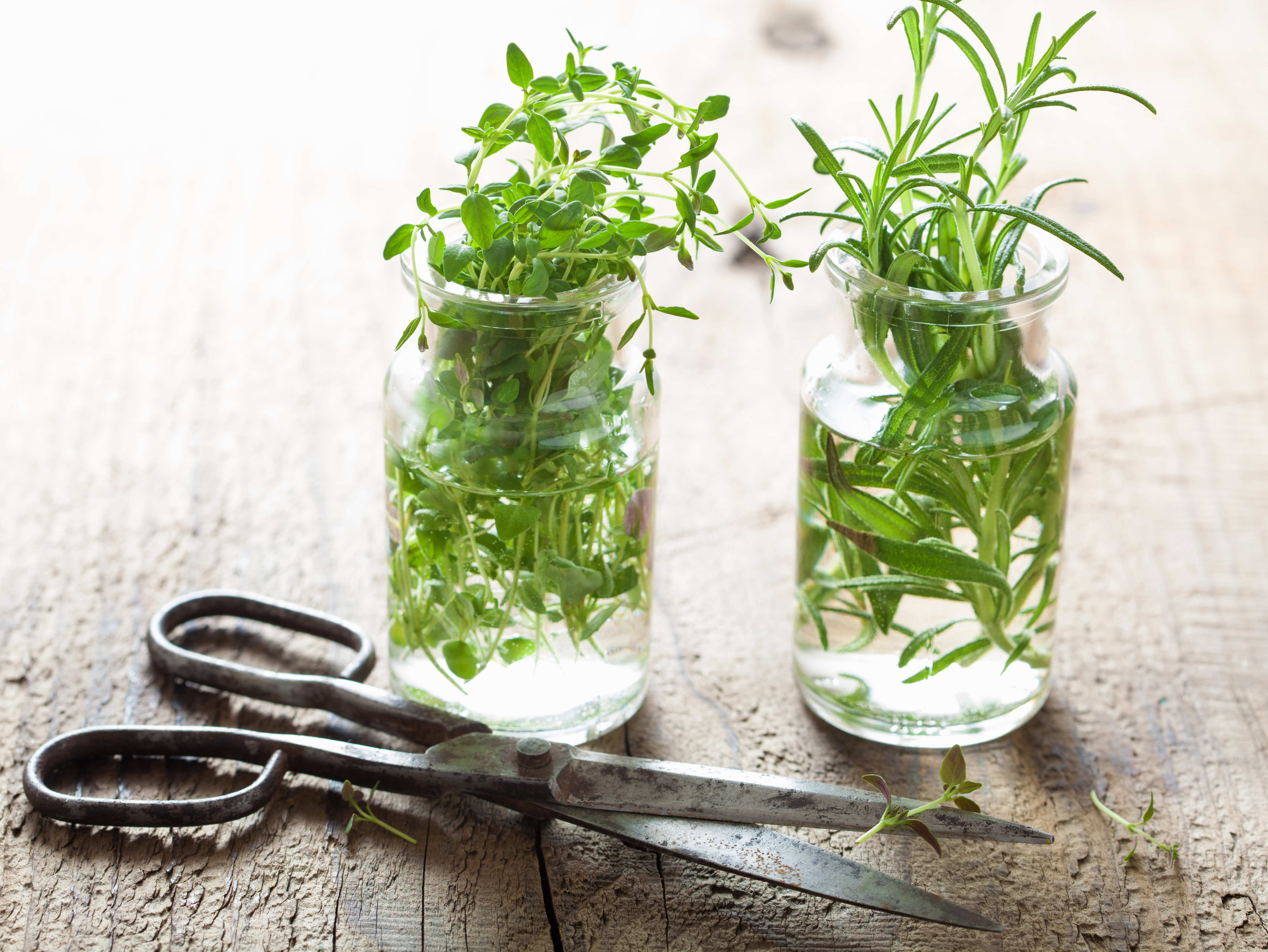
Savor the slightly savory and highly fragrant notes of thyme, offering not only a delightful tea experience but also providing relief for coughs and soothing your throat. Whether enjoyed on its own for a pure thyme infusion or paired with a citrusy herb, this versatile tea promises a comforting and flavorful journey with every sip.
Thyme’s leaves make delicious brews whether they’re dried or fresh. While the stems may not contribute significantly to the taste, they make taking the leaves back out much easier.
Immerse yourself in the delightful pine-y essence of rosemary tea, made from its dried leaves. Enriched with a touch of citrus, this aromatic infusion creates a harmonious balance that tantalizes your taste buds. This pairs perfectly with other citrusy herbs to bring out those undertones. And just like most herbal teas, you can always sweeten up your brew with stevia or honey.
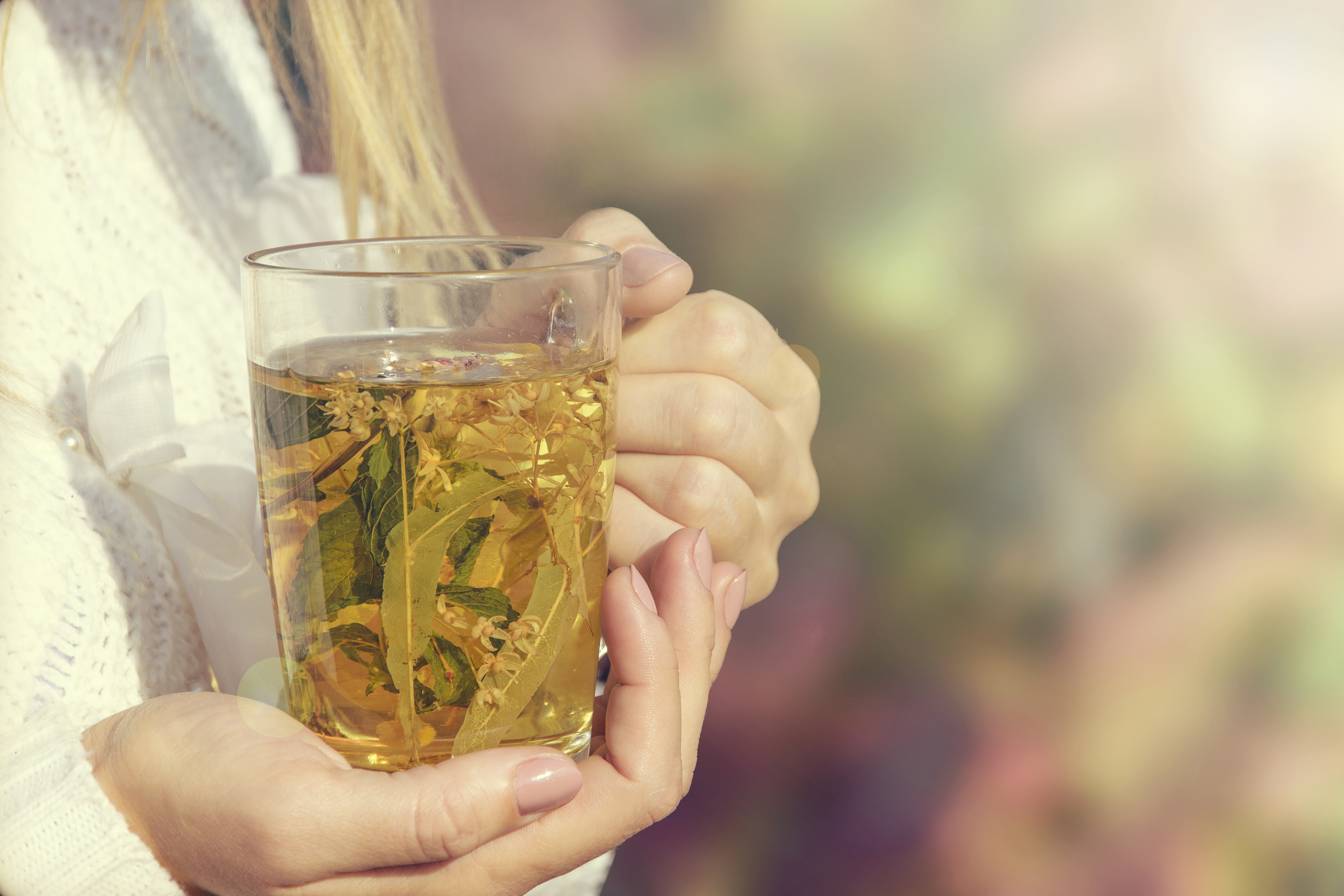
As the air gains a chill, we tend to seek both warmth and a way to use our leftover harvest. Thankfully, you can do both by making some of these herbal teas! We hope this Growing Guide brings you some comfort and heat this season- keep an eye out for more pieces in this Plan Your Garden series!
A note: You may be wondering, where’s Camellia sinensis (the tea plant)? We looked into it, of course, but growing and making black tea at home turns out to be a very long process. Given its pervasive availability in stores, we opted to simply reference it, rather than include it as an entry. It’ll join our plant roster on Planter sometime; however, if you plan to grow it before then, you can easily create a custom plant on our app!